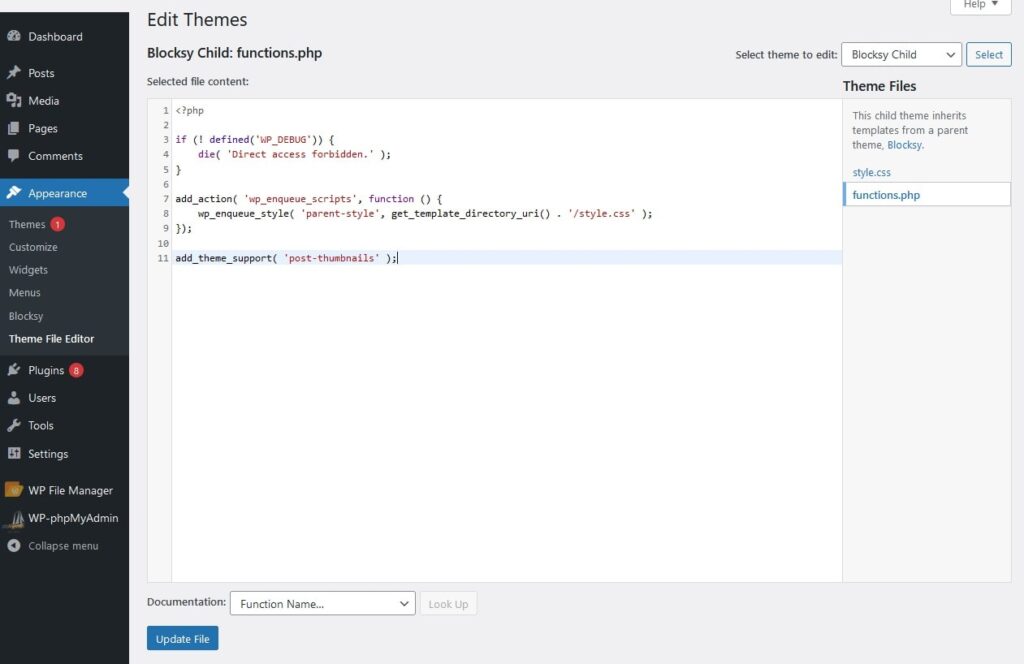This guide explores how to customize your WordPress website using themes, plugins, and other tools. Themes define the look of your site, with thousands of options available. Customization options range from basic color changes to more advanced modifications using child themes or page builder plugins. Plugins add functionality, with numerous options for different purposes. They may require customization to fit your needs, either through settings panels or code editing. Additional customization options include custom CSS, post types, and taxonomies, as well as advanced techniques for those with coding skills. By experimenting with these tools, you can create a unique and professional online presence tailored to your specific needs and goals.
The Complete Guide to Customizing Your WordPress Website: Themes, Plugins, and More
Introduction
WordPress is a popular content management system that powers millions of websites on the internet. One of the reasons for its popularity is its flexibility and customizability. In this guide, we will explore the various ways you can customize your WordPress website using themes, plugins, and other tools.
Themes
Themes are pre-designed templates that define the overall look and feel of your website. There are thousands of free and premium themes available for WordPress, allowing you to choose a design that fits your brand or personal style. When selecting a theme, consider factors such as responsiveness, customization options, and support for plugins.
Customizing Themes
Many themes come with built-in customization options that let you change colors, fonts, and layouts without writing any code. For more advanced customization, you can use a child theme or a page builder plugin to modify the theme’s files and stylesheets. Be sure to make a backup of your site before making any changes to the theme files.
Plugins
Plugins are extensions that add functionality to your WordPress website. There are thousands of plugins available for a wide range of purposes, including SEO, social media integration, e-commerce, and security. When choosing plugins, consider factors such as reviews, ratings, and compatibility with your theme and other plugins.
Customizing Plugins
While most plugins work out of the box, you may need to customize them to fit your specific needs. Some plugins offer settings panels where you can configure options such as colors, fonts, and layouts. For more extensive customization, you may need to edit the plugin’s code or hire a developer to make the changes for you.
Other Customization Options
In addition to themes and plugins, there are other ways to customize your WordPress website. You can add custom CSS to change the appearance of your site, create custom post types and taxonomies to organize your content, and use widgets and menus to personalize the layout of your pages.
Advanced Customization Techniques
For those with coding skills, there are endless possibilities for customizing your WordPress website. You can create custom templates, hooks, and filters to modify the behavior of your site, or even build custom plugins from scratch. Just be sure to test your changes thoroughly to ensure they work as intended.
Conclusion
Customizing your WordPress website can help you create a unique and professional online presence. By leveraging themes, plugins, and other customization options, you can tailor your site to meet your specific needs and goals. Experiment with different tools and techniques to find the perfect combination that works for you.
